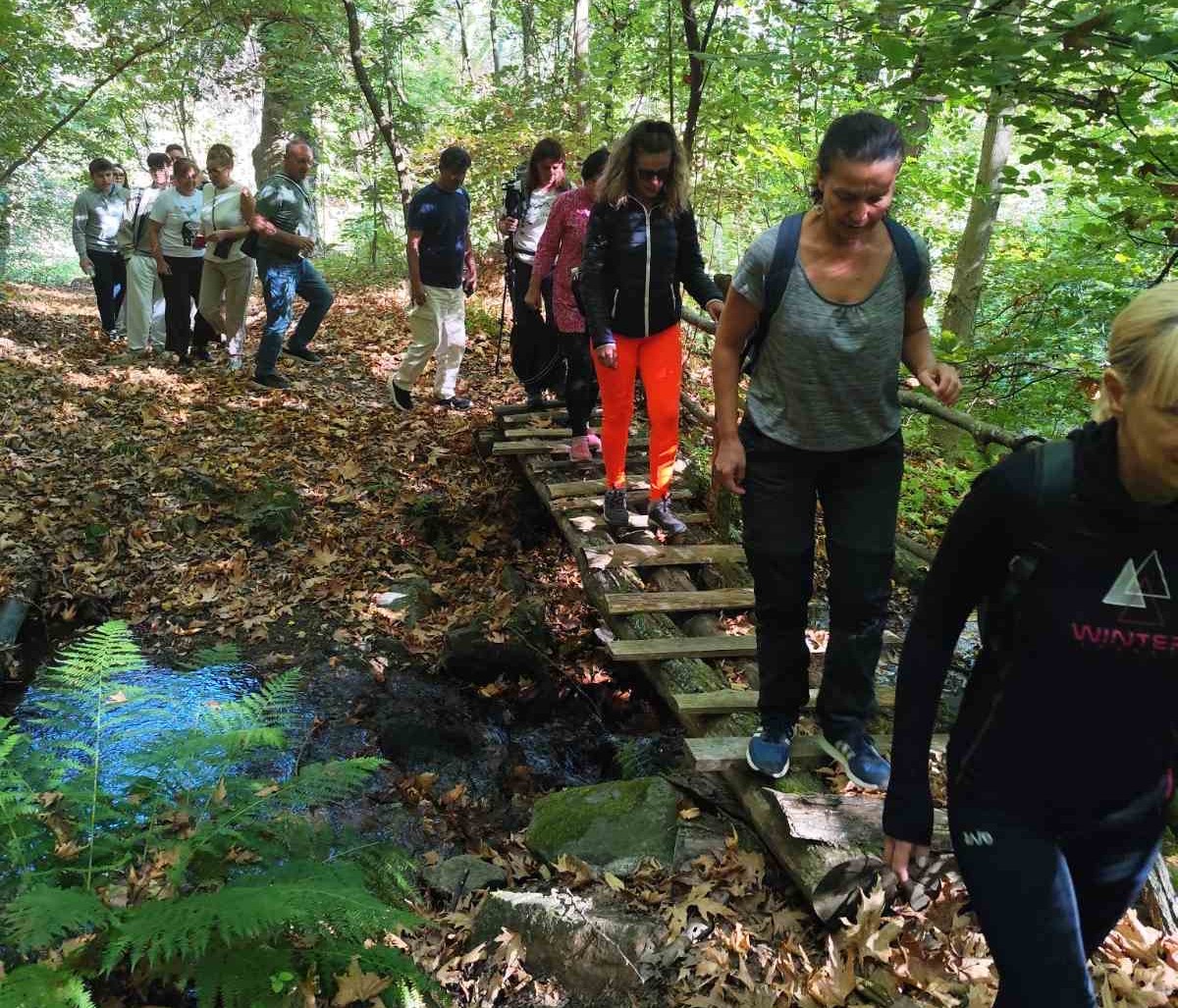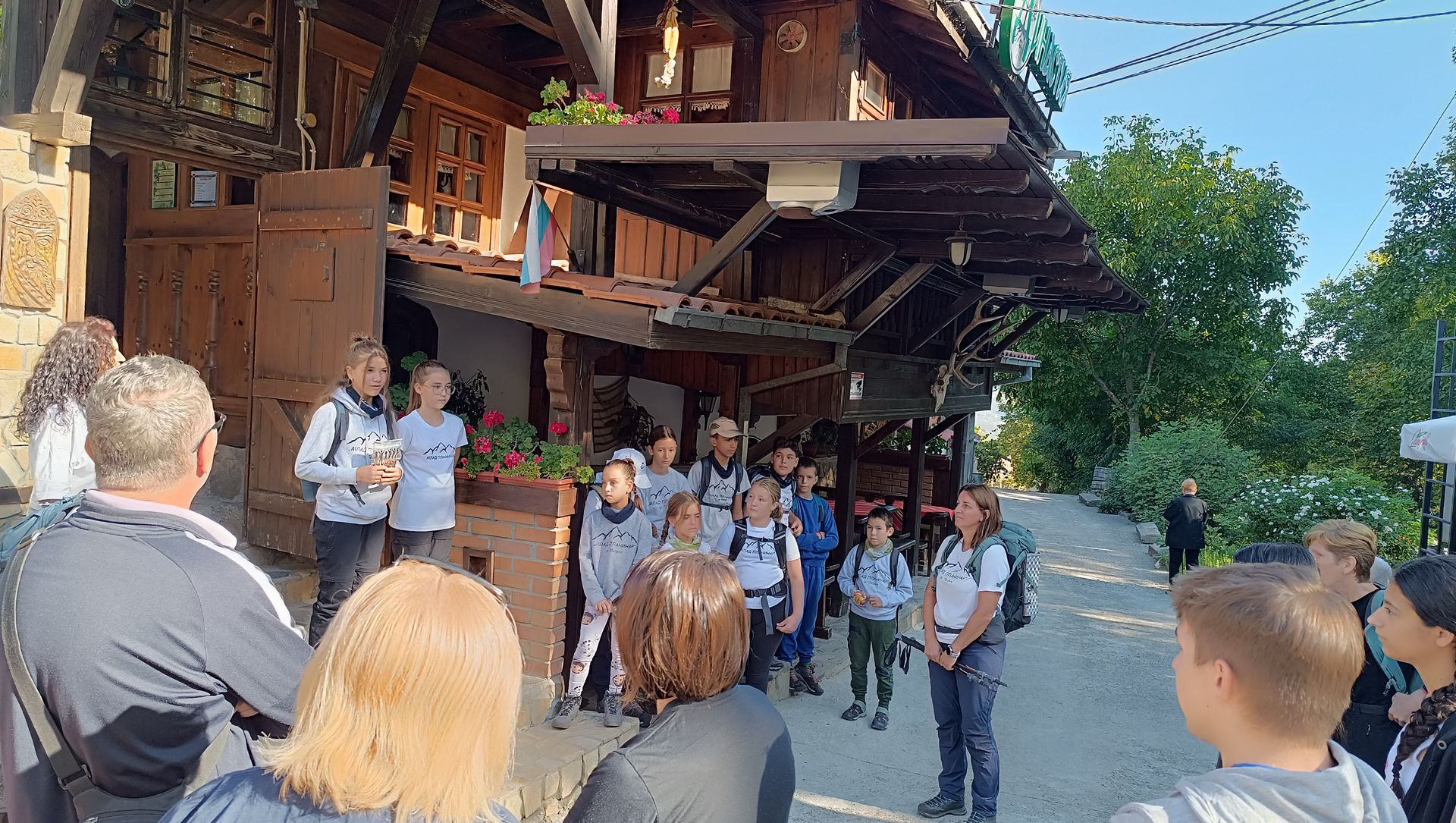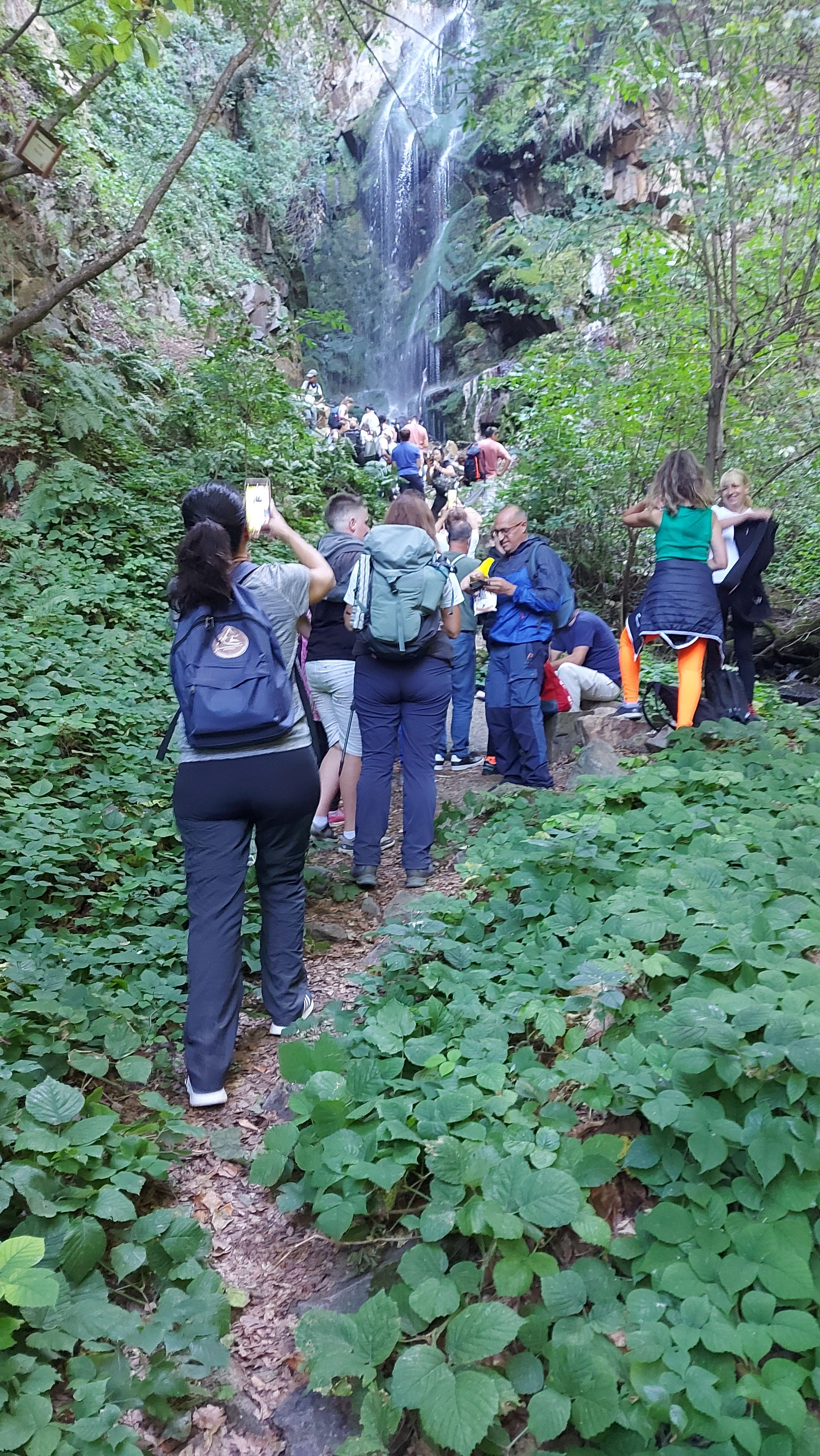The Living Belt: Roots and Future

Background & Location
The European Green Belt Day celebration in the Belasitsa Nature Park gathered young people and experts from both sides of the Bulgaria–North Macedonia border. Exploring traditional orchards and hiking to natural and cultural landmarks, they reconnected with the land and each other. The event empowered youth to protect local biodiversity, showcasing how community-led action can revive heritage, identity, and opportunity in the European Green Belt region.
Objective
The celebration aimed to reconnect young people and local communities from both sides of the Bulgaria and North Macedonia border through the shared ecological and cultural heritage of the region. Its core objective was to raise awareness about the importance of preserving native fruit varieties as both biodiversity assets and foundations for sustainable local development. The celebration promoted the values of the European Green Belt by fostering cross-border cooperation, revitalizing traditional agricultural knowledge, and encouraging youth engagement in conservation. Through educational walks, discussions, and field visits, the event highlighted how local resources — nature, memory, and community — can become drivers for a resilient, green economy. The desired outcome was to strengthen regional identity, build new partnerships, and inspire collective action for biodiversity protection and nature-based livelihoods in a former border zone now transformed into a landscape of collaboration.
Approach & Results
To achieve our objective of reconnecting people through shared ecological and cultural heritage, we organized a two-day cross-border celebration in the Belasitsa mountain (20–21 September 2025). Over 70 participants, including students, young hikers, teachers, conservationists, and experts from Petrich, Sandanski, Berovo, Pehchevo, Skopje and Sofia took part.
Day one focused on exploring traditional orchards with field discussions on their role in biodiversity, food heritage, and sustainable agriculture. Participants shared knowledge about how these varieties can support green jobs and local branding. The second day featured a group hike to the Mangaro waterfall, led by youth from the local club “Young Mountaineer,” showcasing Belasitsa’s ecotourism potential.
The celebration strengthened cross-border ties, revived interest in local varieties, and sparked collaboration between generations and professionals. It offered a practical example of how nature conservation can intersect with education, tradition, culture and economic opportunity.
What legacy did this celebration leave behind?
✅ Confidence that it makes sense to preserve, not replace
✅ New bonds between people, generations, and communities across borders
✅ Deeper understanding that the “European Green Belt” is not just nature — it’s a living network of people working toward a sustainable future
The celebration ended not with closing words, but with an open invitation: to keep walking the trail where borders once stood, and build a future rooted in what we already have — preserved nature, memory, traditions, culture and community.
This European Green Belt Day celebration is part of an EU-funded BESTbelt project.




